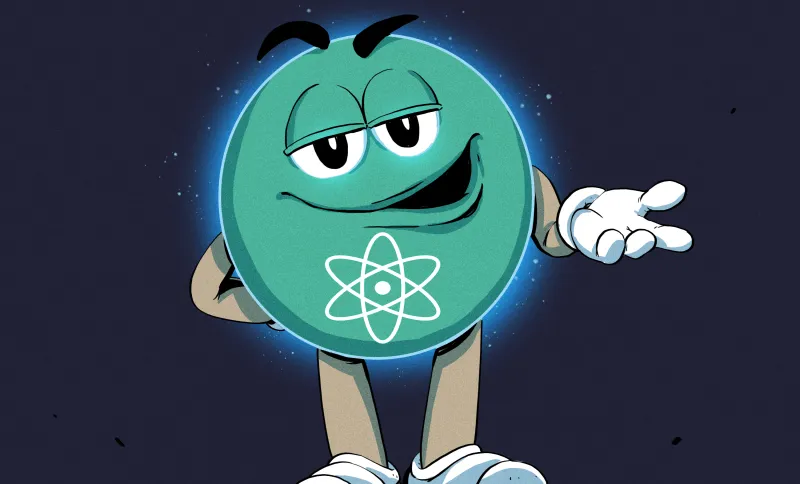
Bangor University scientists think that the way to go big with nuclear power is to, in fact, go small. Their tiny nuclear fuel pellets called triso fuel are said to be the size of poppy seeds and are meant to power a reactor by Rolls Royce the size of a “small car.” We aren’t sure if that’s a small Rolls Royce or a small normal car.
The Welsh university thinks the reactor has applications for lunar bases, here on Earth, and even on rockets because the reactor is so small. We can’t tell if the fuel from Bangor is unique or if it is just the application and the matching reactor that is making the news. Triso fuel — short for tri-structural isotropic particle fuel — was developed in the 1960s, and there are multiple projects worldwide gearing up to use this sort of fuel.
The U.S. Department of Energy calls Triso “the most robust nuclear fuel on earth.” Each tiny pellet consists of a kernel made of uranium, carbon, and oxygen. The fuel has an outer jacket around the kernel made of three layers of carbon- and ceramic-based materials to isolate the radioactive material. Traditionally, the kernel contained uranium dioxide, but recently, the pellets contain uranium oxycarbide. Because of the self-containment system, the pellets won’t melt and release radioactive material even when heated for 300 hours at 1800C. If you want to know more about the history of this fuel and where it has been used so far, Power Magazine has a good overview. We’ve talked about it before, too. Turns out that making a nuclear reactor is hard, but making the fuel for one is one of the hardest parts.
0 Commentaires